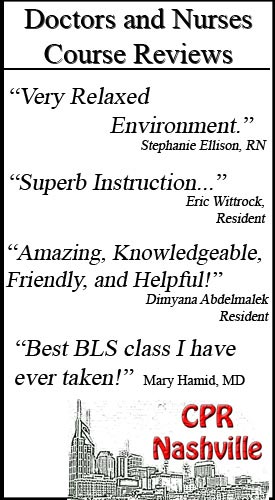So, your doctor has just given you a diagnosis of glaucoma. You may be asking, “What do I do now”? “Will I go blind”? “Will my vision slowly deteriorate”?
Studies show that approximately 2.2 million Americans suffer from the disease, and currently, 60 million people worldwide have been diagnosed with some form of glaucoma. Studies also show that there is a significant rise in the diagnosis of the disease due to the rapid increase in the aging population. It has been known for some time now, that the African American population is highly at risk. However, research as recent as 2010 has shown that the Hispanic and Asian populations are reporting increasing numbers of the disease. Interestingly, about half of those affected do not even know that they have it, which is why diagnosis and treatment are often delayed. Blindness does occur, but it is relatively rare.
Most people don’t realize this, but glaucoma is a group of eye diseases, not just one eye disease. It is usually, but not always, caused by high intraocular pressure (the pressure inside your eye) which presses on the ocular nerve in the back of the eye, resulting in ocular nerve damage. There are three basic types of glaucoma: Primary Open-Angle Glaucoma, Acute Angle-Closure Glaucoma, and Congenital Glaucoma. The first two types have significantly different symptoms, while the third type, Congenital Glaucoma is present at birth and is very rare.
The symptoms or signs of Primary Open-Angle Glaucoma are a gradual loss of peripheral vision, (the outer part of your field of vision) and tunnel vision. Usually, the latter is in the advanced stages of the disease. There are more symptoms of Acute Angle-Closure Glaucoma, and they include severe eye pain (usually accompanied by nausea and vomiting), blurred vision, sudden visual disturbance, halos around light sources, and reddening of the sclera, or the whites of the eye.
Increased pressure within the eye is usually caused by a buildup of what is called aqueous humor. Aqueous humor is a fluid that occurs naturally and is continuously produced in the front of the eye. Aqueous humor usually exits the eye through a drainage system at the lacrimal caruncle (the mound of tissue at the inside corner of the eye). As one would expect, when the drainage system is not properly functioning, the fluid cannot exit the eye at its normal rate, causing pressure to build up. In the case of Primary Open-Angle Glaucoma, the drainage channels are partially blocked, resulting in a gradual increase of pressure within the eye. Here, the damage to the optic nerve is painless and so gradual that vision can be lost before one is even aware that there is a problem. Acute Angle-Closure Glaucoma occurs when the iris is bulging forward, blocking the drainage channels, resulting in an abrupt increase of pressure in the eye.
There are two basic ways to treat glaucoma. Reduce the intraocular pressure by reducing the production of aqueous, improving the aqueous outflow, or both. Prescription eyedrops are the most common treatment. Prostaglandin products increase the outflow of aqueous humor. Beta-blockers reduce the production of aqueous humor. Alpha agonist medications do both. As with any medication prescribed, read about the side effects and use the medication properly.
Glaucoma cannot be reversed, and there is no current cure for the disease, however a visit to a reputable optometrist, every one to two years is recommended.
References:
Glaucoma Research Foundation
Mayo Clinic
WebMD
Everydayhealth.com





